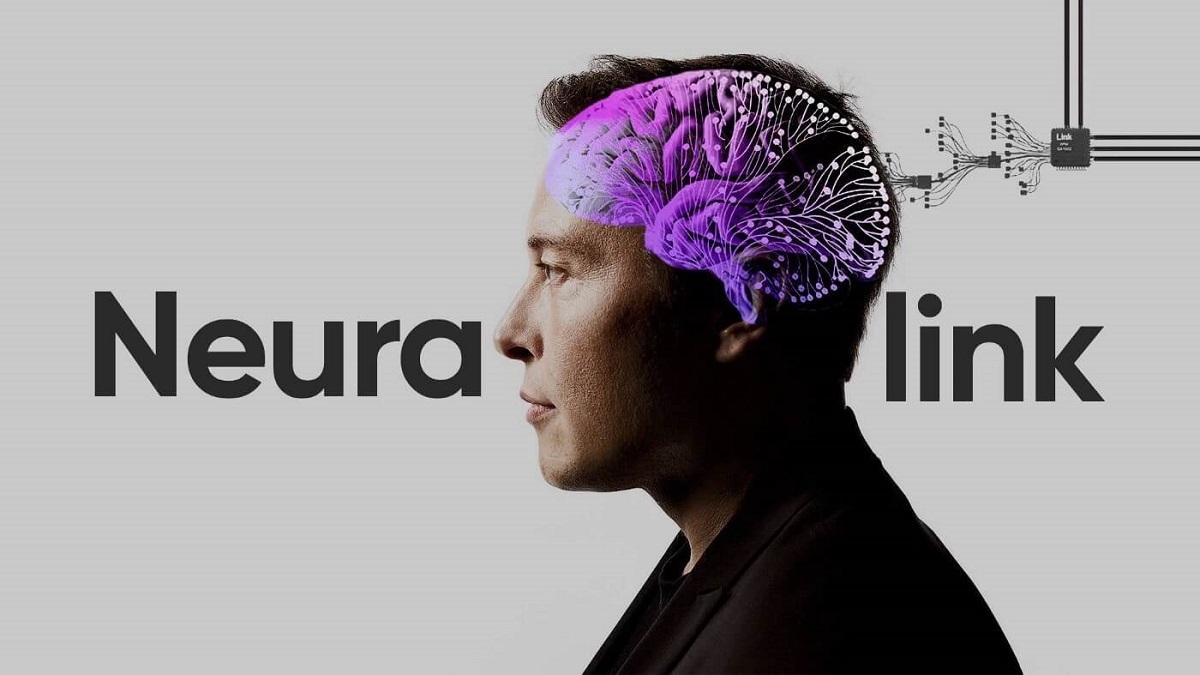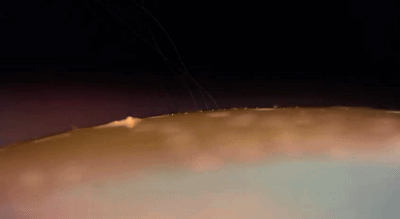Two years ago Elon Musk launched a company called Neuralink. Musk already leads high-profile companies including Tesla, SpaceX, and Hyperloop, but Neuralink may be the 48 year-old entrepreneur’s most ambitious plan yet: to surgically connect human brains with artificial intelligence through an ultra high bandwidth brain-machine interface.
Neuralink had so far remained silent regarding its research. But that changed last night, when the San Francisco-based company live-streamed a progress report showcasing its experimental brain-machine-interface (BMI) system, which inserts sensor and electrodes into brains to connect neurons for data transfer.
Inside the Neuralink BMI system
Neuralink’s BMI system consists of three main components: ultra-thin threads, a sort of robotic sewing machine, and sensors.
Musk’s brain machine implants synthetic threads of 4 to 6 μm in width (about one quarter the diameter of a human hair). These threads have electrodes that receive and transfer information from neurons in brains to dedicated sensors connected to the outside digital world. In their experiments, Neuralink researchers have already implanted 96 threads with 32 electrodes each (3072 electrodes) in primate brains.
In the bid to realize their high-tech, Black Mirror-like vision, Neuralink has assembled a team of top scientists, including:
- Philip Sabes, a UC San Francisco professor whose lab has worked on brain-machine interfaces
- Vanessa Tolosa, a biocompatible materials researcher at the Lawrence Livermore National Laboratory
- Benjamin Rapoport, a neurosurgeon who also has a PhD in electrical engineering and computer science from MIT
- Timothy Gardner, an associate professor of biology at Boston University who has implanted devices in birds
- Max Hodak, who worked on brain-machine interface technology while at Duke University
- Paul Merolla, a veteran designer for more than 10 brain-inspired chips
Musk stressed that the “primary purpose” of last night’s Neuralink livestream event was to recruit additional talent to work on the project. The company has raised US$158 million and employs over 90 people.


Comments
Post a Comment